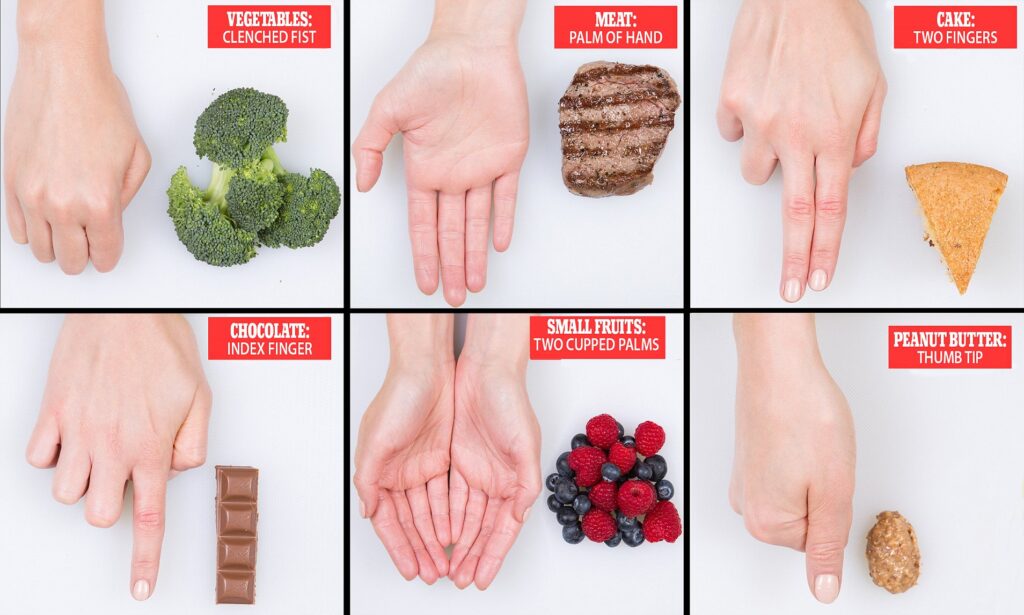How Much is 100 Grams? A Comprehensive Guide
In the world of measurements, grams are a commonly used unit for quantifying small amounts of substances, particularly in the context of food, medicine, and various other applications. However, the question “How much is 100 grams?” may not always have a straightforward answer, as the amount can vary depending on the specific substance or material being measured. In this comprehensive guide, we will explore the concept of 100 grams, its equivalents in other units, and provide examples of what 100 grams looks like for different substances.
Understanding Grams and Their Equivalents
A gram is a unit of mass in the International System of Units (SI), and it is the base unit for measuring small amounts. One gram is equal to one-thousandth of a kilogram, which is the base unit for measuring larger amounts of mass. Here are some common equivalents for 100 grams:
| Unit | Equivalent |
|---|---|
| Kilogram | 0.1 kg |
| Ounce | 3.53 oz |
| Pound | 0.22 lb |
It’s important to note that these equivalents are approximate and may vary slightly depending on the specific conversion method used.
What Does 100 Grams Look Like?
To better understand the amount represented by 100 grams, it’s helpful to visualize it in terms of everyday objects or substances. Here are some examples of what 100 grams looks like for various items:
| Item | Approximate Amount |
|---|---|
| Apples | 1 medium apple |
| Bananas | 2 small bananas |
| Bread | 2-3 slices of bread |
| Butter | 1/3 cup |
| Cheese | 3.5 oz or 1/4 block |
| Chocolate | 3.5 oz or 1 standard chocolate bar |
| Flour | 3/4 cup |
| Pasta | 1 cup of dry pasta |
| Rice | 1/2 cup of dry rice |
| Sugar | 1/2 cup |
It’s important to note that these examples are approximate and may vary depending on the specific type and density of the substance.
Practical Applications of 100 Grams
Knowing how much 100 grams is can be useful in various situations, such as:
- Cooking and Baking: Recipes often call for ingredients measured in grams, particularly when dealing with small amounts of spices, herbs, or leavening agents.
- Nutrition and Dieting: Understanding the amount of a substance in grams can help individuals track their nutrient intake and portion sizes, especially when dealing with macronutrients like carbohydrates, proteins, and fats.
- Medication and Supplements: Dosages for certain medications and supplements may be measured in grams, and it’s crucial to accurately measure the correct amount.
- Crafting and Hobbies: In activities like jewelry making, beading, or pottery, 100 grams can be a useful reference for measuring small amounts of materials like beads, clay, or other supplies.
Weighing 100 Grams
To accurately measure 100 grams, you will need a scale that can measure in grams. Here are some tips for weighing 100 grams:
- Choose a reliable scale: Look for a scale that can measure in grams and has a capacity suitable for your needs.
- Calibrate the scale: Follow the manufacturer’s instructions to calibrate the scale and ensure accurate measurements.
- Tare the container: If you are measuring a substance in a container, place the empty container on the scale and press the “Tare” button to reset the weight to zero before adding the substance.
- Add the substance slowly: Carefully add the substance to the container until the scale reads 100 grams.
- Verify the weight: Double-check the weight to ensure it is precisely 100 grams.
Conclusion
Understanding the concept of 100 grams and its equivalents in other units can be beneficial in various aspects of life, from cooking and baking to medication and crafting. By visualizing what 100 grams looks like for different substances and using a reliable scale, you can accurately measure and work with small amounts of materials with confidence.
FAQ Section
What is 100 grams equal to in ounces?
100 grams is approximately equal to 3.53 ounces.
How many cups is 100 grams of flour?
100 grams of flour is approximately equal to 3/4 cup.
How many calories are in 100 grams of sugar?
100 grams of sugar contains approximately 400 calories.
What does 100 grams of chocolate look like?
100 grams of chocolate is approximately equal to 3.5 ounces or one standard chocolate bar.
How many slices of bread is 100 grams?
100 grams of bread is approximately equal to 2-3 slices of bread, depending on the thickness of the slices.
What is the difference between 100 grams and 100 milliliters?
100 grams is a unit of mass, while 100 milliliters is a unit of volume. The conversion between the two depends on the density of the substance being measured.
How do I measure 100 grams accurately?
To measure 100 grams accurately, use a reliable scale that can measure in grams, tare the container, and slowly add the substance until the scale reads 100 grams.
Can I convert 100 grams to pounds?
Yes, 100 grams is approximately equal to 0.22 pounds.
What is the most common use for 100 grams?
The most common uses for 100 grams include measuring ingredients in cooking and baking, tracking nutrient intake in diets, and measuring dosages for certain medications and supplements.For more detailed information on units of measurement, you can refer to the Wikipedia page on the International System of Units.



